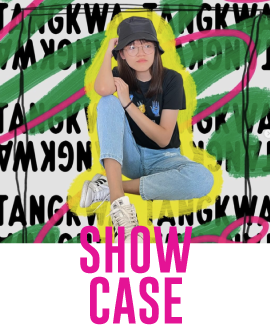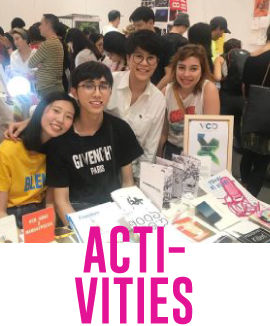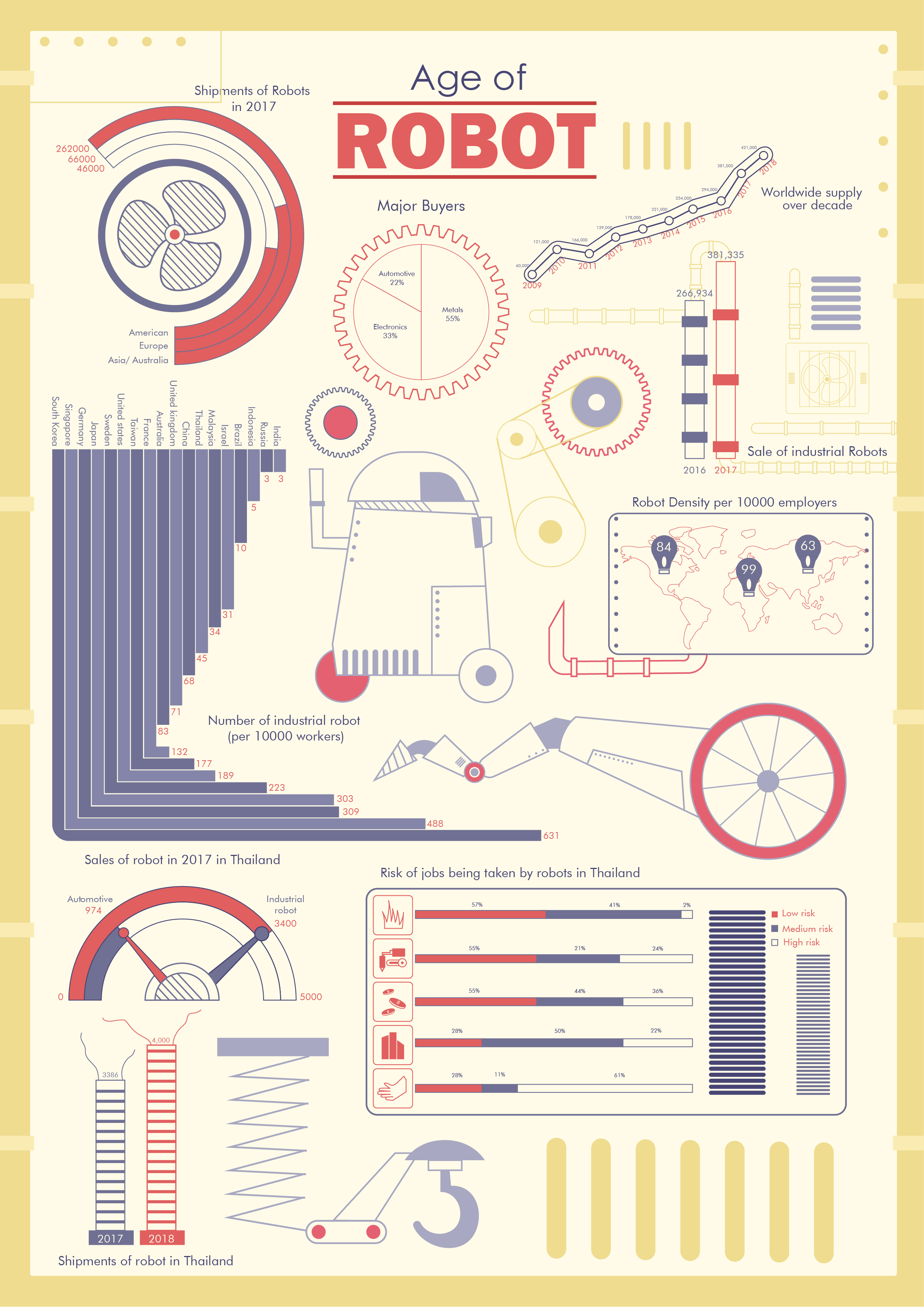Creative Communication Design
The program aims to develop the ability to articulate a creative vision and communicate ideas visually by exploring the relationship between design, business, society, technology, and culture. Students with a communication design degree will be creative and highly adaptable practitioners in the ever-changing field of design.
Creative Communication Design department offers two major concentrations:
- Digital Imagery – explores the art of moving image and focuses on the technological tools and creative skills required in the fields of film, animation, and game design
- Graphic Design – focuses on a commercial art practice to create compelling graphic identities and multi-dimensional branded experiences
CCD supports the creative process and professional development through real-world design opportunities and entrepreneurship in response to social responsibility and contemporary culture in the digital age. Graduates of the program will leave Albert Laurence School of Communication Arts prepared to forge careers in the creative design space.



